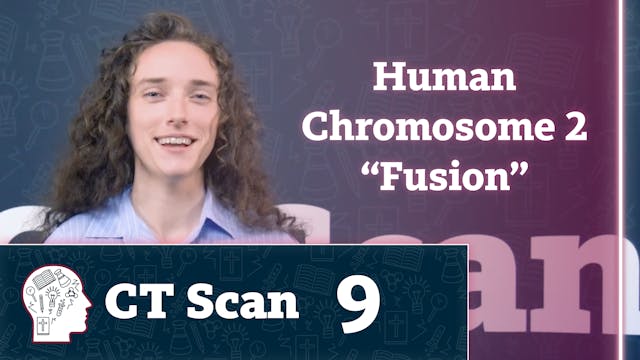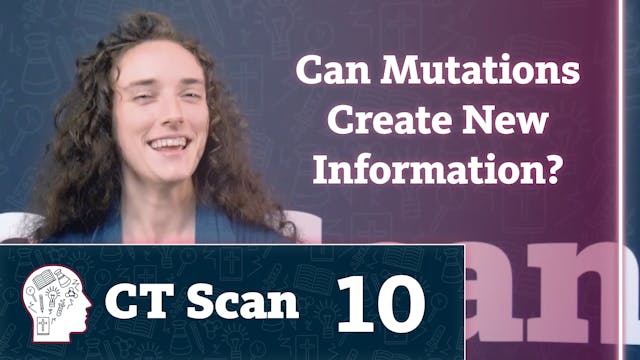Where do evolutionary family trees come from? What assumptions go into constructing them? And why do trees based on different assumptions often tell different stories? Find out in this episode, highlighting truths to remember when you see an evolutionary tree presented as fact in a textbook.
Up Next in S8: Genetics and DNA
-
Human Chromosome 2 Fusion‚
Is your second chromosome evidence for evolution? A popular evolutionary argument says chromosome 2 resulted when two chromosomes from an ape-like ancestor fused, explaining why chimps have more chromosomes than us. Let's think through this claim and uncover the other side of the chromosome 2 story.
-
What is Information?
Can mutations create new information? To answer, we first have to pinpoint what those keywords mean. Mutations are permanent changes to DNA, which can produce helpful new traits under certain conditions. But can they produce useful, novel information to evolve one kind of creature into another? C...
-
Can Mutations Create New Information?
Do mutations create the kind of new information required for microbes-to-man evolution? Mutations can produce new traits which may be beneficial in certain environments. But because genes often encode multiple layers of information, even beneficial mutations typically come at a cost. Let's look c...




1 Comment